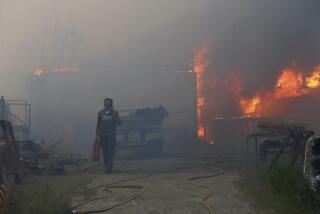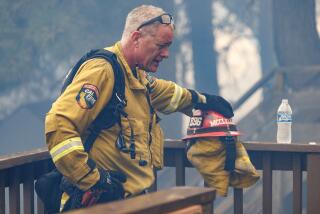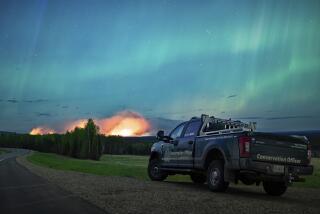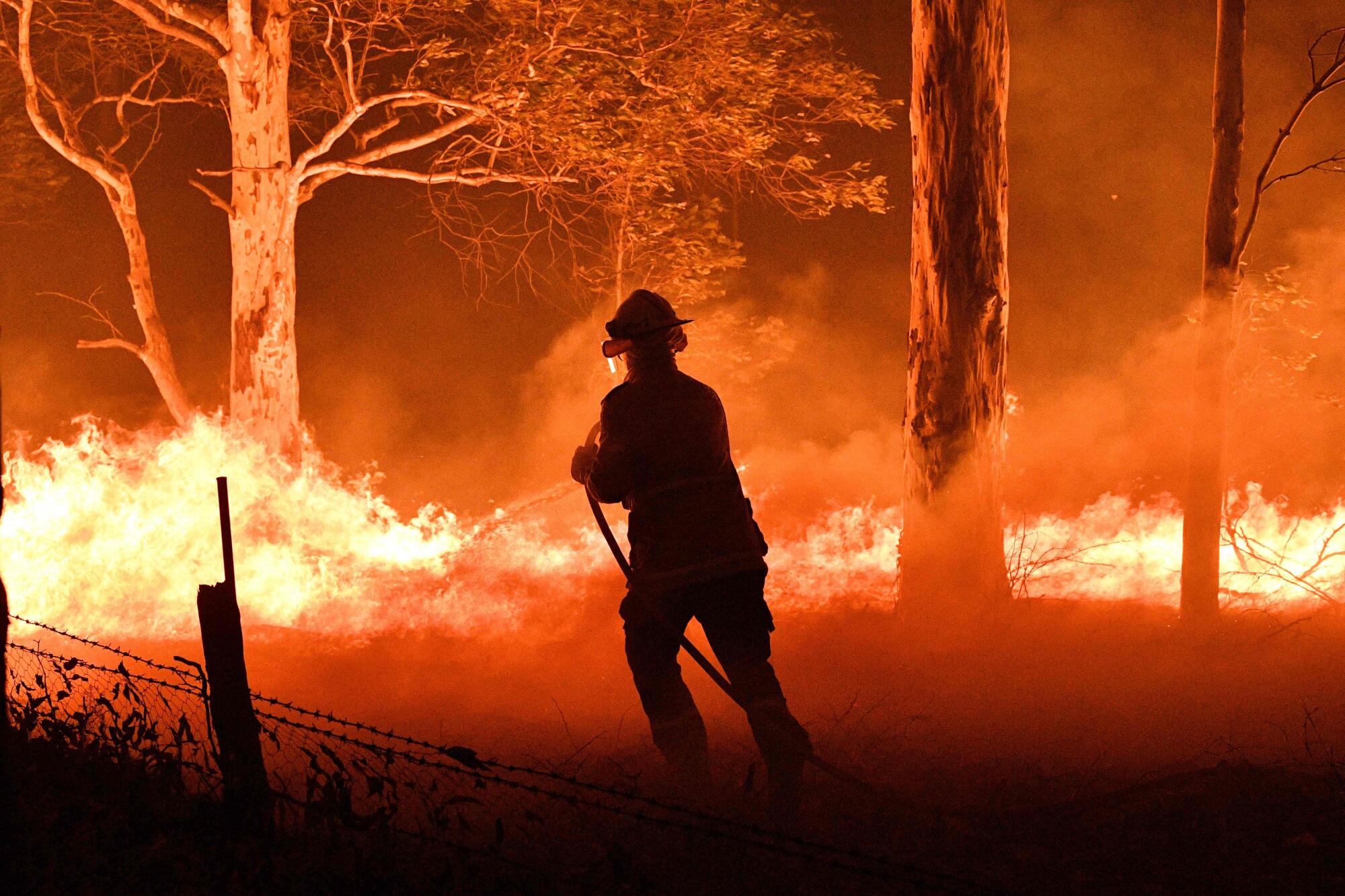
Exhausted firefighters welcomed cooler weather and patchy rain in blaze-ravaged southeastern Australia Monday after a calamitous few days, even as authorities warn of a return to dangerous conditions later this week.
With no end in sight to the months-long crisis, authorities are counting the cost after the weekend saw properties in small towns on the south coast of New South Wales and alpine villages in neighboring Victoria state razed by fires that grew so large they generated dry thunderstorms. Thousands of people have been evacuated to recreation grounds hastily converted into makeshift camps that are shrouded in toxic smoke.
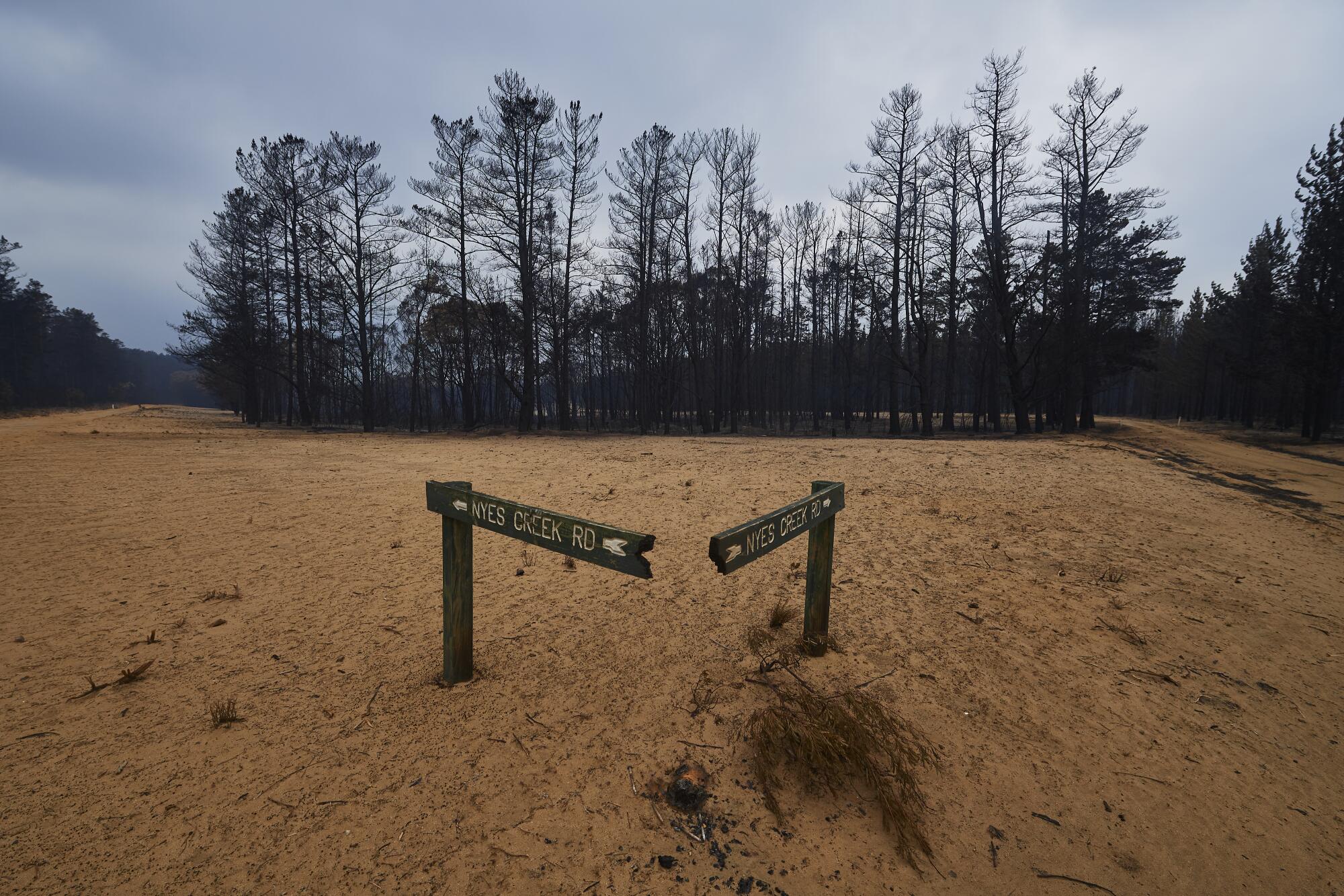
Prime Minister Scott Morrison has faced criticism for his belated response in pooling national resources to combat the fires. He’s also signaled his conservative government won’t toughen policies to combat climate change, which has been blamed for exacerbating a crippling drought that’s helped create tinderbox conditions.
On Saturday he announced an unprecedented level of military support to boost firefighting and recovery efforts and is expected to unveil further measures after holding a Cabinet meeting in the national capital of Canberra on Monday.
The inland city of about 500,000 people has been one of the hardest hit by the smoke haze that’s shrouded southeast Australia for weeks. On Monday, Canberra again had the world’s worst air quality, conditions that over the weekend prompted the release of about 100,000 particulate-filter masks from the national stockpile.
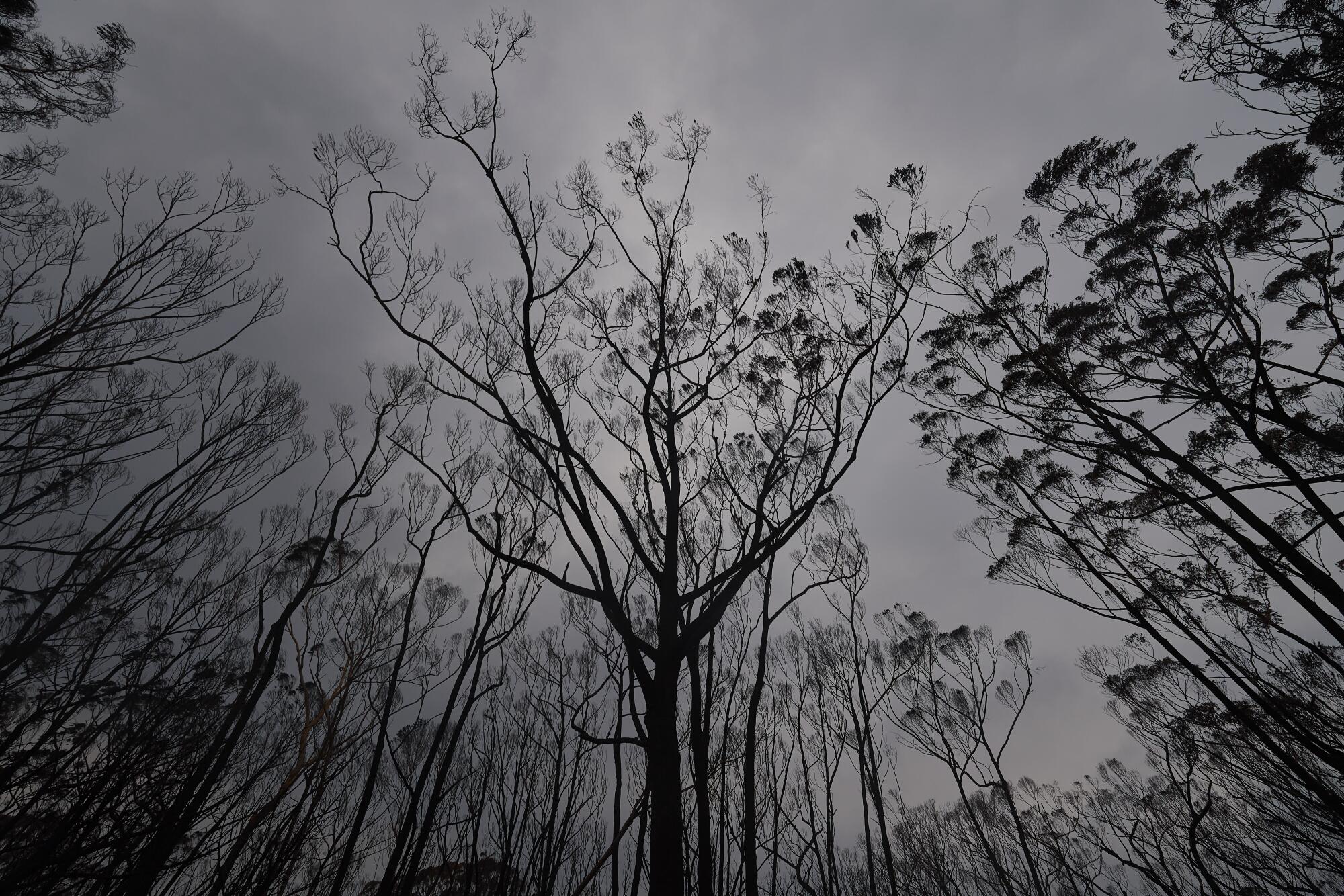
There’s little improvement expected in conditions that have already caused the cancellation of dozens of flights as well as postal services. On Monday, child care centers were closed and shops and museums shuttered. The Department of Home Affairs has closed its Canberra offices until at least Wednesday, with nonessential staff told to stay home.
The hazardous smoke on Monday reached Melbourne, the largest city in Victoria. Australia’s navy was deployed over the weekend to rescue hundreds of stranded holiday-makers in the state who had been forced to huddle on the beach at Mallacoota as a ferocious blaze bore down on the tourist town last week.
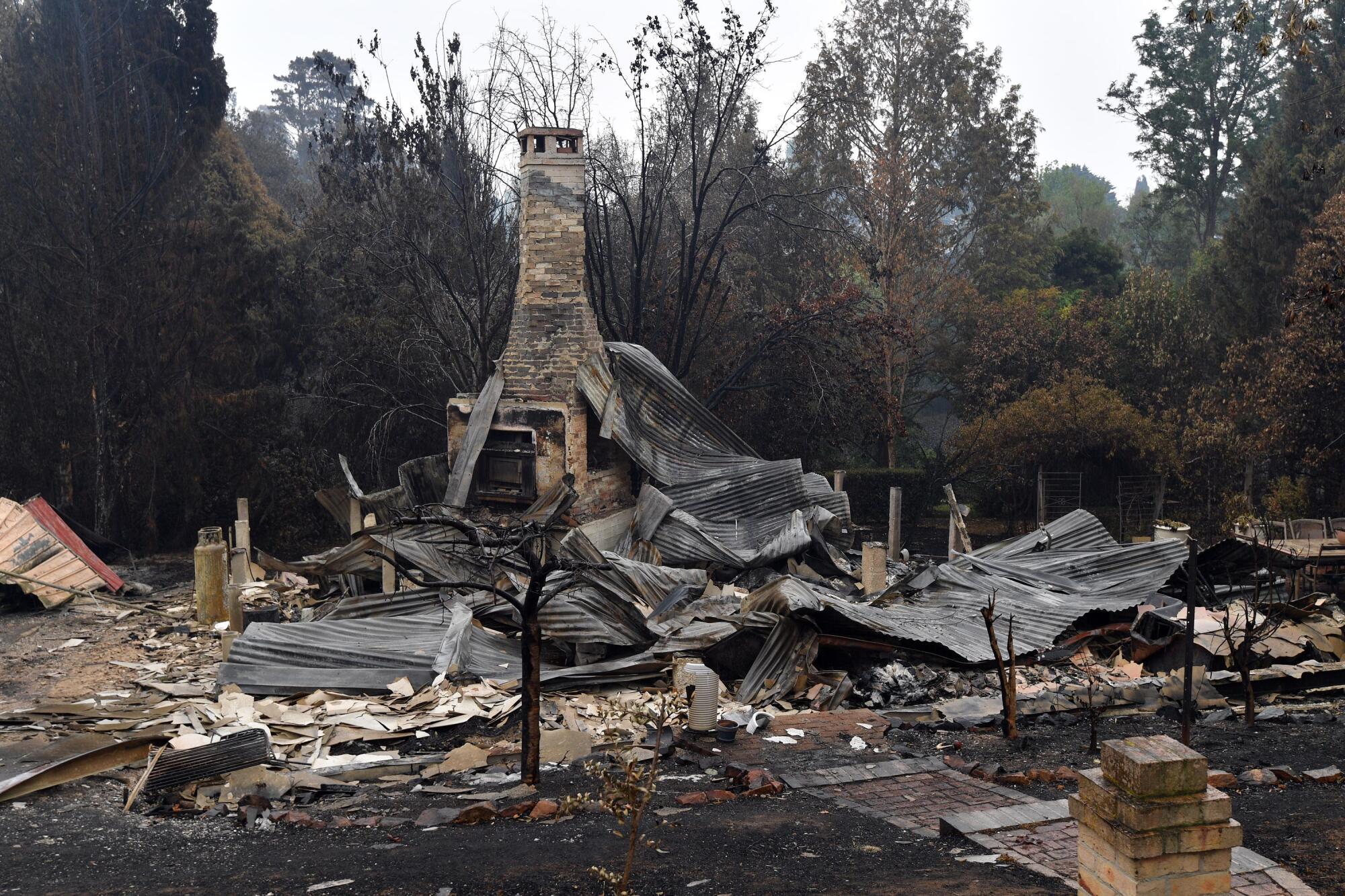
Key authorities in New South Wales and Victoria welcomed the weekend news of the deployment of as many as 3,000 army reservists, but voiced disappointment that they weren’t consulted ahead of the decision or briefed before Morrison detailed his response plans to the media.
A 50-second advertisement about the deployment by Morrison’s Liberal Party was widely criticized for appearing to opportunistically politicize the crisis. It’s another misstep by Morrison, who was lambasted for taking an unannounced pre-Christmas vacation to Hawaii amid the crisis, and was filmed turning his back on a pregnant woman appealing for more resources to tackle the blazes as he toured a bushfire-ravaged community.
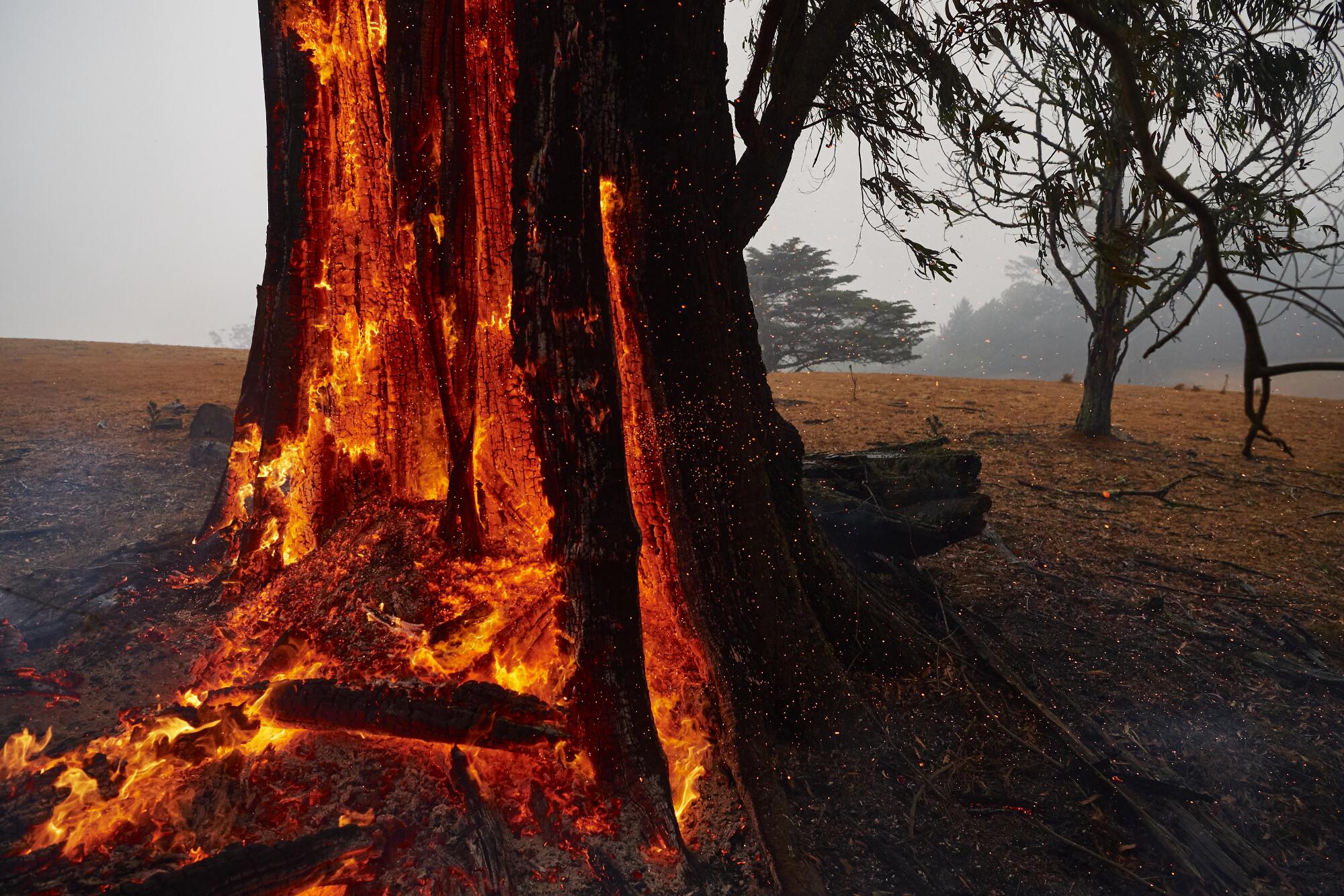
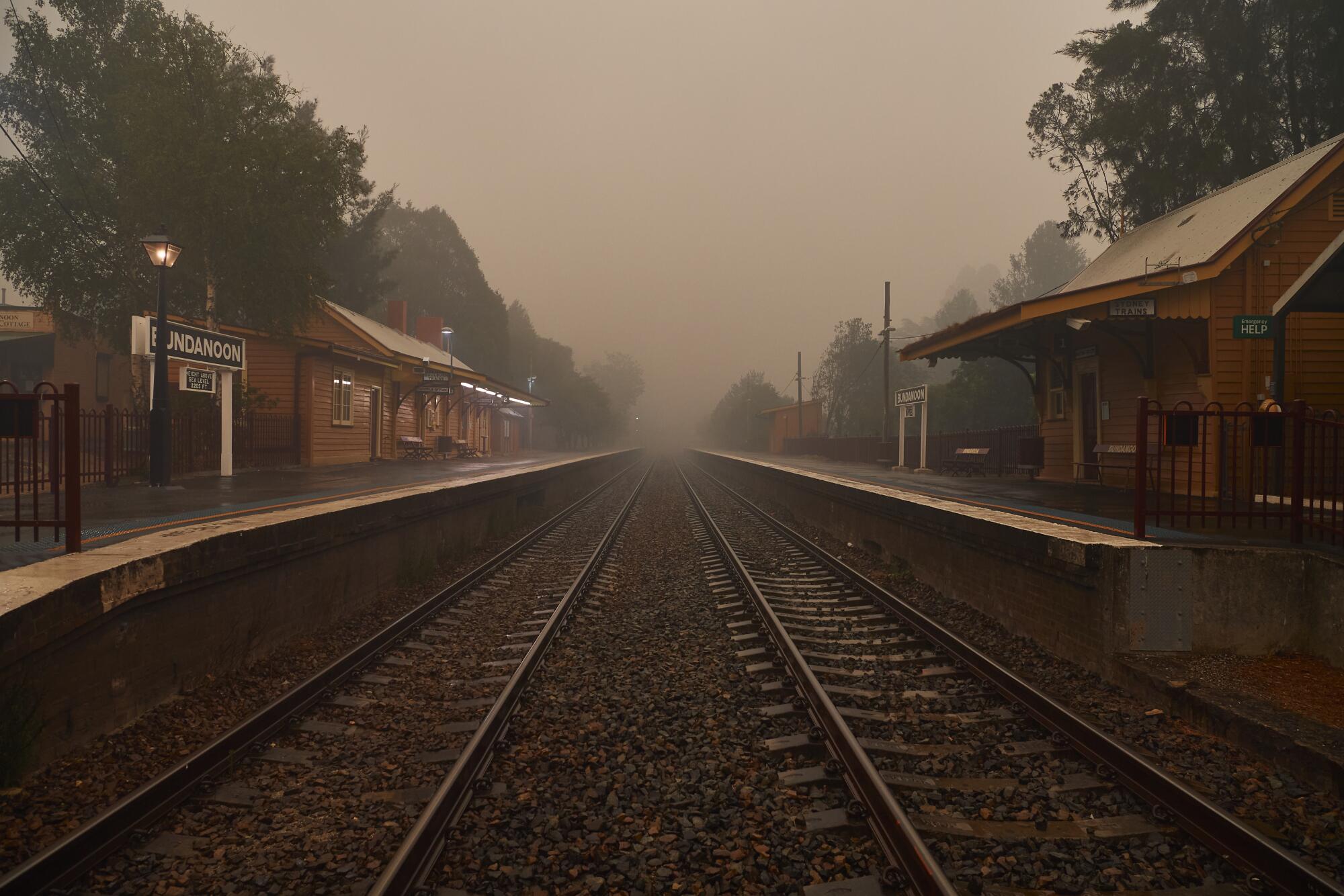
The unfolding disaster, which has blackened almost 12.3 million acres in New South Wales state alone, has prompted millions of dollars of donations and support from international celebrities, sports stars and the British royal family.
On Saturday, two people died in wildfires that destroyed more than a third of South Australia’s Kangaroo Island, devastating the national park and farmland, and severely damaging the luxury Southern Ocean Lodge resort. Penrith, on the outskirts of Sydney, reached a record 120 degrees Saturday, the latest example of the dangerous weather conditions that have fanned ferocious flames and sparked new blazes farther south.
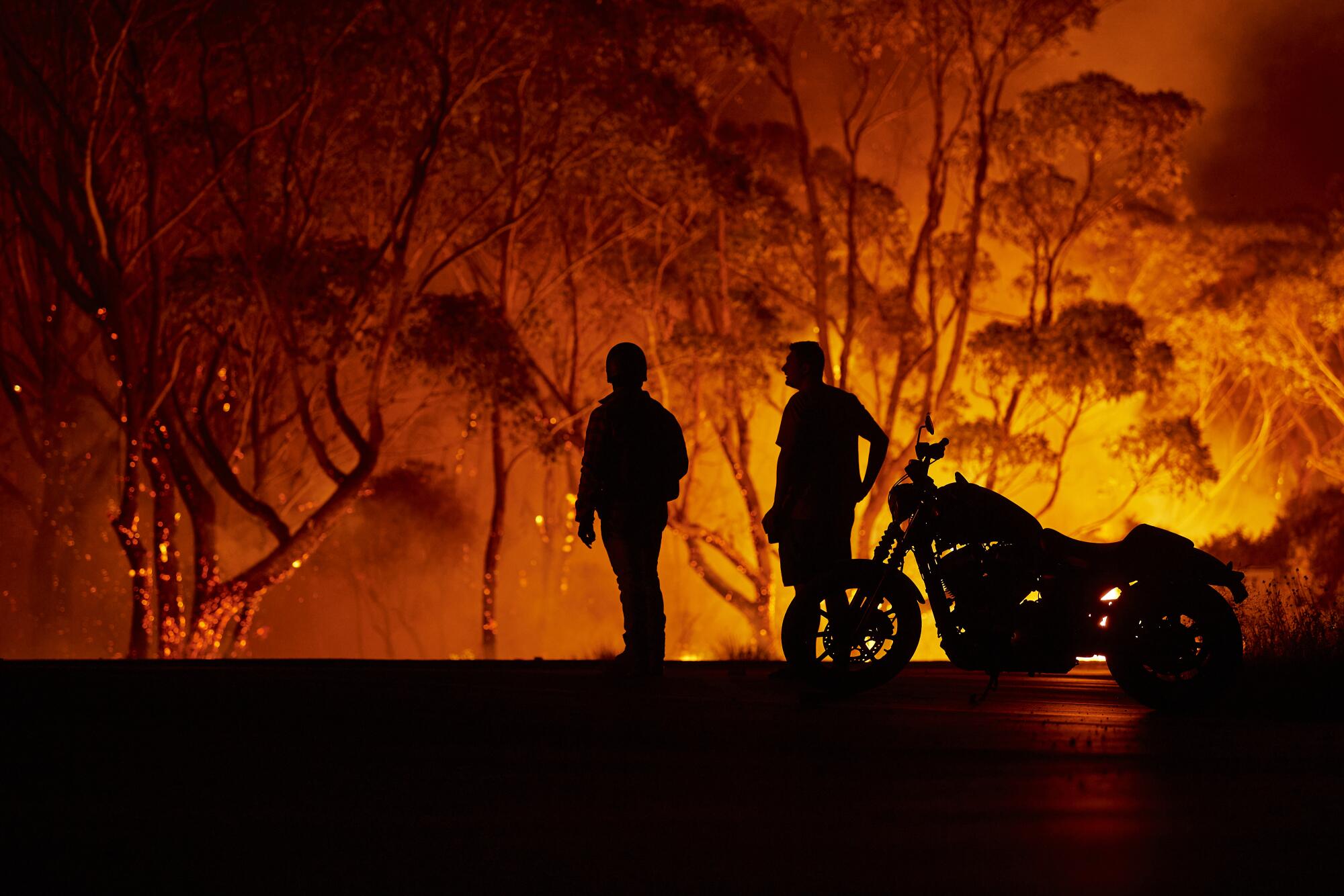
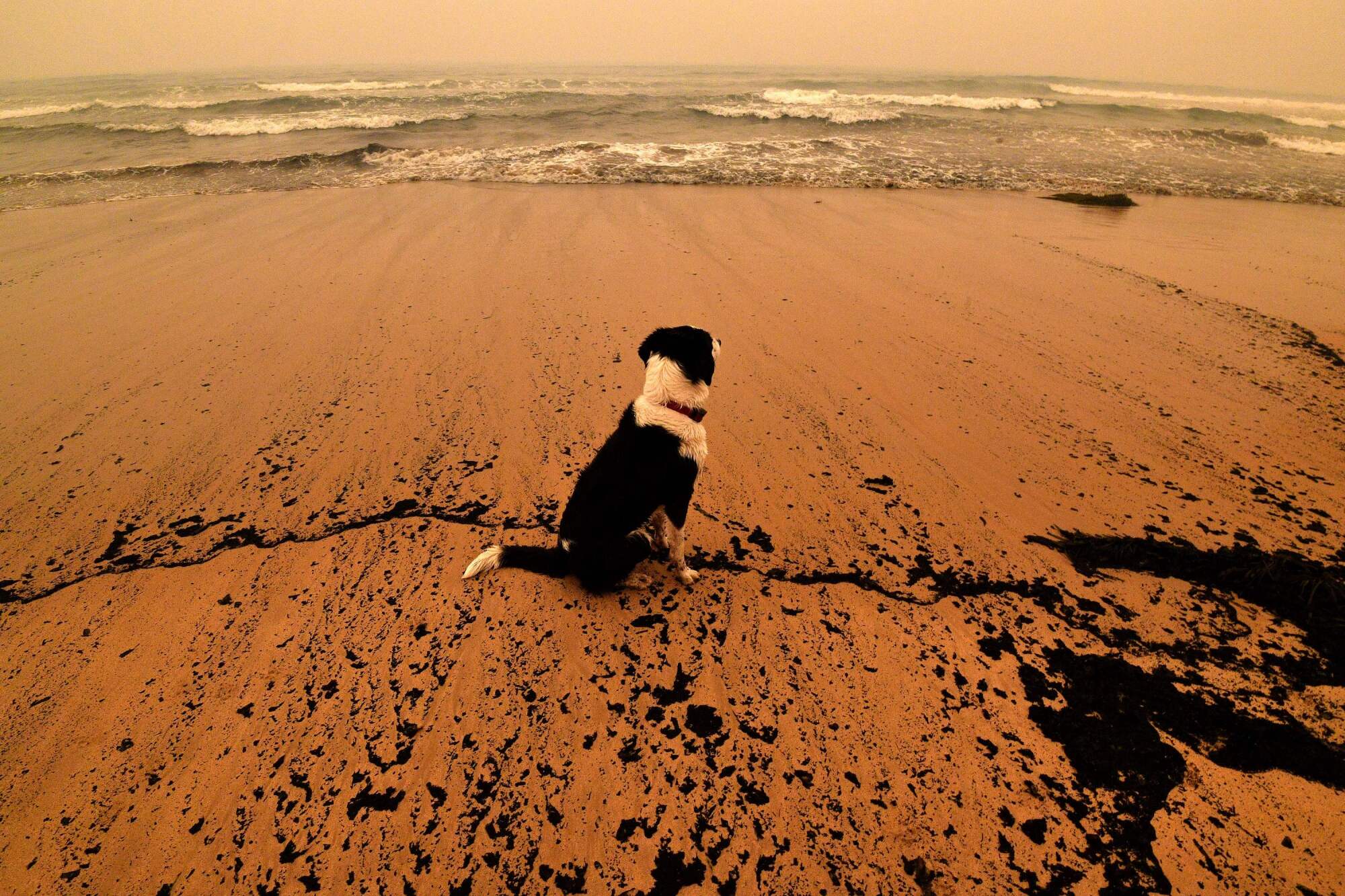
While Berejiklian said conditions weren’t expected to worsen to those levels in coming days, there is fear that two huge fires in the southern highlands could merge to become a “mega blaze.”
Berejiklian said her state was in “uncharted territory” due to the length and severity of the fire season. An estimated 60 homes were destroyed in New South Wales over the weekend, meaning more than 1,400 houses have been lost since September.
“The weather activity we’re seeing, the extent and spread of the fires, the speed at which they’re going, the way in which they’re attacking communities who’ve never ever seen fire before, is unprecedented,” Berejiklian said on Sunday.
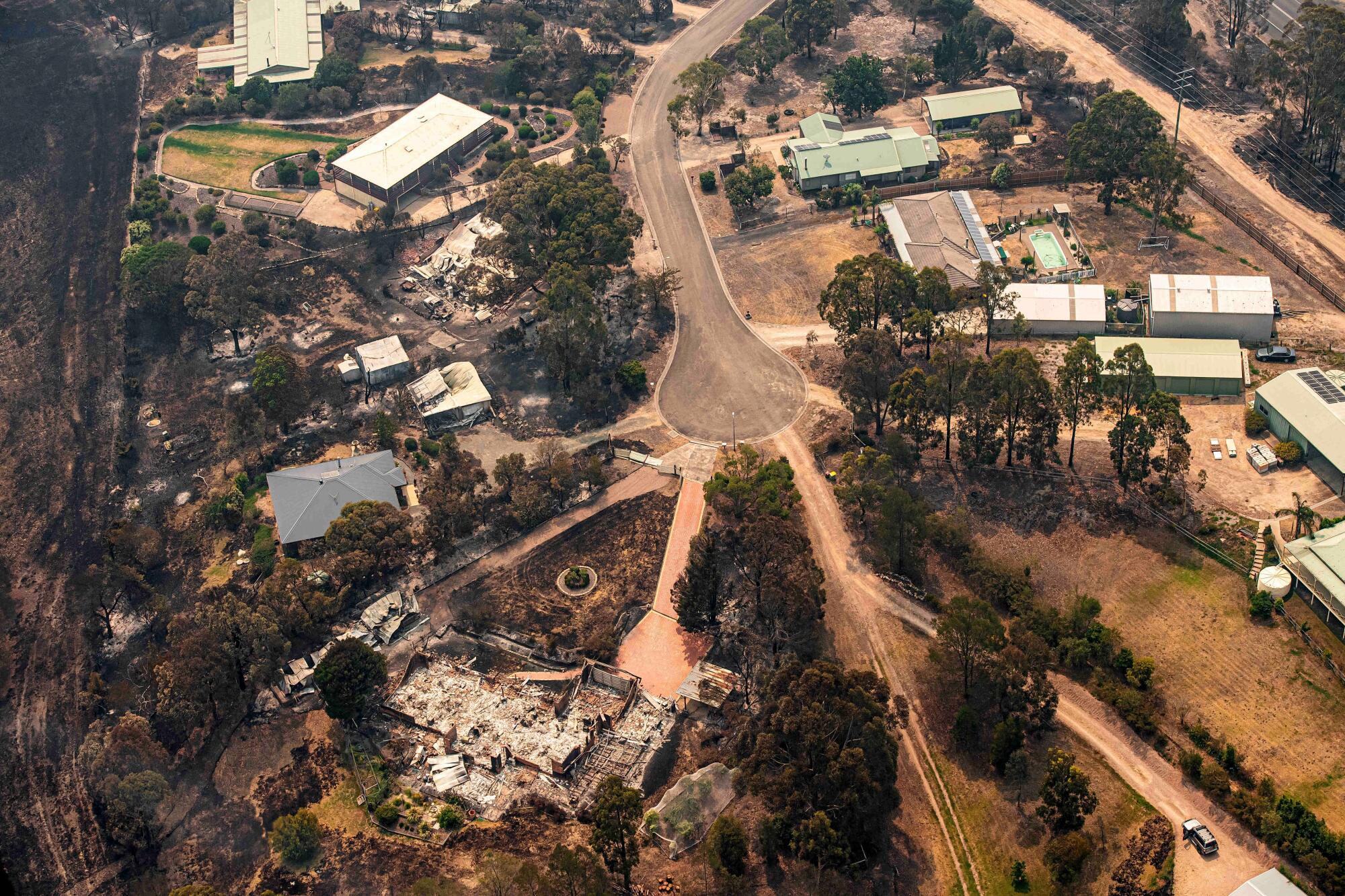
More to Read
Sign up for Essential California
The most important California stories and recommendations in your inbox every morning.
You may occasionally receive promotional content from the Los Angeles Times.
